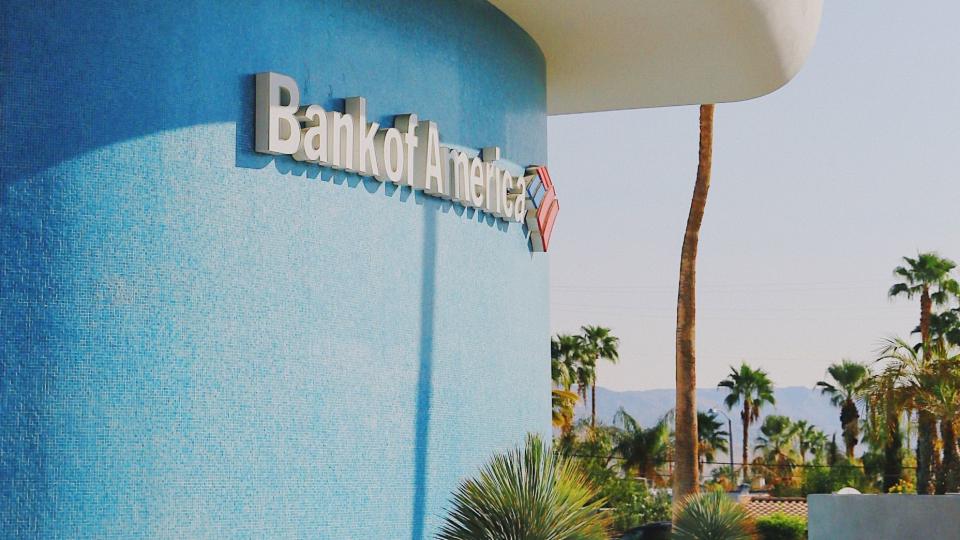Ethereum’s Shanghai Upgrade Only a Small Step Forward: Bank of America

Join the most important conversation in crypto and web3! Secure your seat today
Ethereum first introduced the idea of blockchain operating systems compatible with smart contracts and decentralized applications, but the platform suffers from limited throughput despite benefiting from this first-mover advantage, Bank of America (BAC) said in a research report from last week.
The Shanghai upgrade (aka Shapella), due to occur later Wednesday, will enable validators to withdraw staked ether (ETH) and rewards that have been locked up.
The Shappella upgrade does not address scalability, “but acts as a precursor for future upgrades, providing a small step forward,” analysts Alkesh Shah and Andrew Moss wrote.
Bank of America sees Ethereum upgrades as “significant technological accomplishments, but not necessarily more significant or advanced than those implemented by next-generation blockchains that have emerged as viable alternatives.”
The bank says Ethereum’s likely inability to increase throughput in the short term and increasing competition from alternative blockchains will constrain its adoption and usage.
Ethereum’s “long-term viability” is dependent on the execution of its development road map, the report said. This includes the implementation of a sharding approach called Danksharding, which aims to reduce the costs of transactions originating on scaling solutions and cut the processing and storage requirements for validators.
However, Danksharding is still years away, which increases the risk that developers will move to other blockchains to build applications, the note said.
The main concern around the Shanghai liquidity event is that validators could withdraw and sell staked ether (ETH), which makes up 16% of the total ETH supply, but the withdrawal process is designed to “prevent a short-term mass exodus of validators and the resulting security risks,” the note added.
The bank expects heightened volatility around the upgrade due to decreased liquidity, derivatives activity, and because of the ether price action seen around the previous upgrade, the Merge.
Read more: Ether Capital CEO; Shanghai Upgrade Likely to Be ‘Nonevent’ on ETH’s Price

 Yahoo Finance
Yahoo Finance 